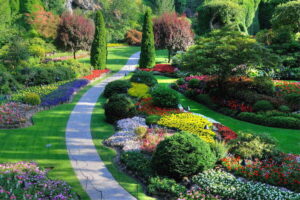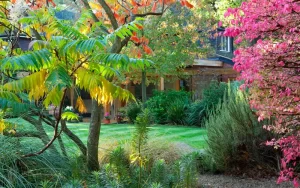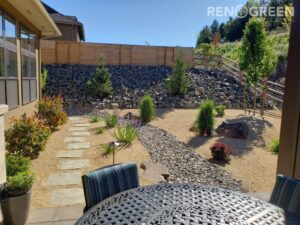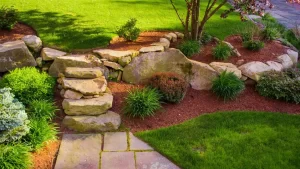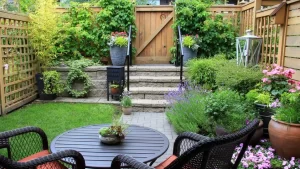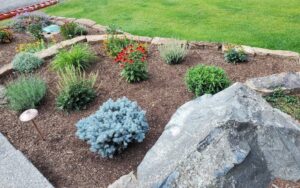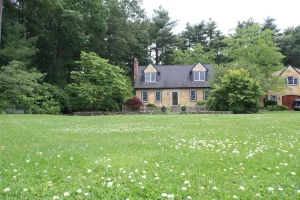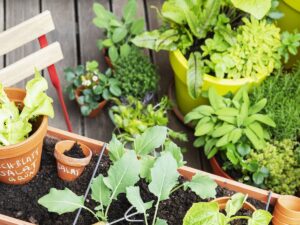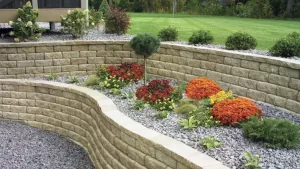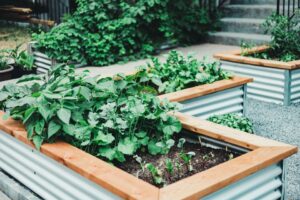7 Tips for Creating Sustainable Landscapes
19 March, 2024
It reflects the interaction between nature and human activity to give identity to a place. Today, due to environmental awareness, it has evolved into what is known as a sustainable landscape.
In this article, we tell you what it consists of and how it has been adapted to meet the current needs of society and the planet.
What is a sustainable landscape?
The sustainable landscape is based on conserving, protecting, and managing nature's resources since they are limited, as well as the cultural resources of a given area. Along with protecting the environment, we seek to ensure the well-being of local communities.
Therefore, sustainability in this context involves balancing human development and environmental conservation. In this way, landscape degradation is avoided, and the preservation of biological and cultural diversity is guaranteed.
This approach considers the interdependence between the natural and cultural elements that make up the landscape, and the importance of healthy ecosystems and cultural diversity is recognized. To achieve a sustainable landscape, we must consider biodiversity conservation, sustainable management of natural resources, and promoting environmentally friendly practices.
Relationship between sustainable landscape and the environment
The sustainable landscape is intrinsically linked to the environment, as the health and vitality of a landscape depend directly on the quality of its natural environment. The proper management of resources, the reduction of pollution, and the preservation of ecosystems are fundamental pillars to achieve a sustainable balance.
The loss of biodiversity, deforestation, air and water pollution are problems we have encountered in recent decades. All of these environmental problems negatively impact the quality of the landscape when they are not appropriately managed. Therefore, promoting environmentally responsible practices becomes an essential element for creating and maintaining sustainable landscapes.
How to create a sustainable landscape
Studying landscaping allows you to learn about the aspects related to functionality, style, or the ways to design open spaces. But this is just a basis since today it is necessary to keep in mind the needs of the environment and not just those of humans. This unilateral vision has caused sustainability problems to appear and even worsen in recent years.
Creating a sustainable landscape involves careful planning and adopting practices that encourage harmonious coexistence between nature and human activity. To achieve this, the following points must be assessed:
Comprehensive planning
Urban landscapes and rural environments need planning that considers the landscape's natural and cultural aspects. The active participation of the local community in this process is also essential to ensure adaptation to their needs and values.
Sustainable use of resources
Responsible management of natural resources, such as water and land, is vital to avoid overexploitation and ensure long-term availability. Two examples of responsible and sustainable practices are sustainable agriculture and forest management.
Promotion of biodiversity
The conservation of biological diversity contributes to protecting different ecosystems, which are essential for natural balance. In the sustainable landscape, biodiversity can be promoted by protecting natural areas, reforestation, and promoting habitats with different characteristics.
Sustainable infrastructures
The construction of infrastructure that respects the environment is one of the main commitments today. In addition to the commitment to renewable energies that serve as a complement, energy-efficient buildings and sustainable transportation systems are also necessary. These minimize the environmental impact, both from the view of resources and from the visual point of view, which falls within mimicry in architecture.
Green cleaning
Having a clean house has never been more critical than now, but you don't need to use an assortment of toxic products to keep it spotless. Supermarkets are filled with plastic-packaged cleaning products full of chemicals potentially harmful to the health of humans and the planet.
Analyze your investments
Perhaps you have now focused on reducing your carbon footprint, but are you unknowingly contributing to polluting and unethical companies through your future investments? Your bank or pension provider could be funding fossil fuels or deforestation. Find out how your money is spent and encourage ethical investments.
Don't waste
Today, we produce and buy 70 times more than in the 1950s, 99 percent of which becomes waste in the first 12 months after purchase. Remembering the three Rs has never been more critical: reduce, reuse, and recycle.
Top wasting energy, wasting food, wasting plastic, and wasting time. This is a valuable world; we can all use our actions and voices to save the planet. We must try; our future depends on it.
- Gardening
- hardscape
- Landscape
- Lawn
- Plantation and Maintenance
Categories
Latest Post
- Gardening
- hardscape
- Landscape
- Lawn
- Plantation and Maintenance





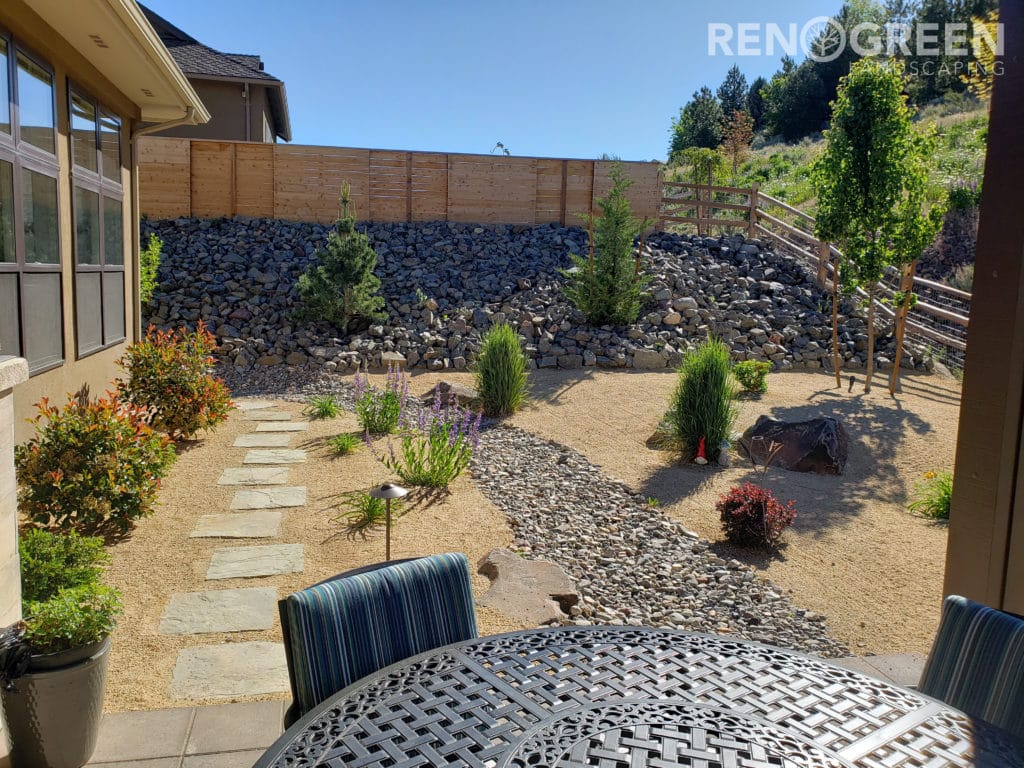
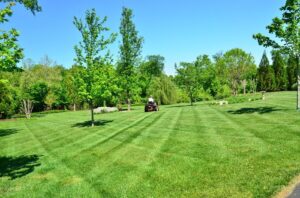
 .
.